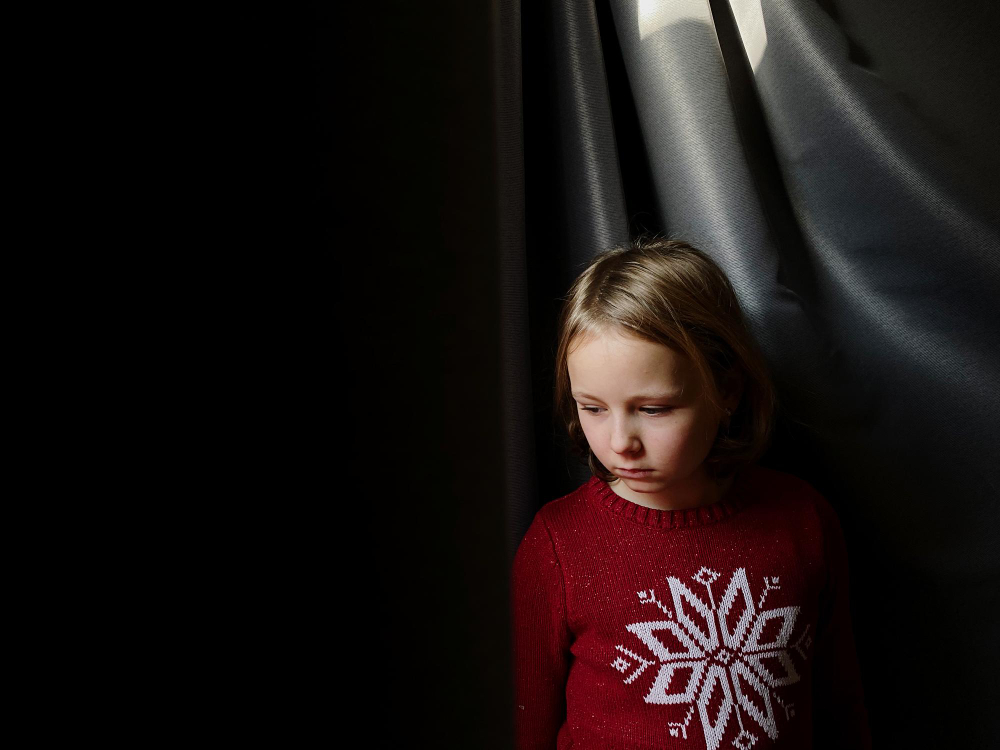According to this study, separation anxiety disorder (SAD) can be a challenging condition for both children and parents. It’s characterized by a child’s intense fear of being apart from their parents or caregivers. Symptoms can include excessive anxiety, crying, tantrums, and even physical symptoms when separation occurs or is anticipated. Our Child Separation Anxiety Disorder Assessment is designed to provide clarity. Answer a few straightforward questions to better understand if your child’s anxiety about separation is a passing phase or something more significant.
Assessing Child Separation Anxiety Disorder
Recognizing the signs of Child Separation Anxiety Disorder (CSAD) is a critical step toward ensuring children receive the care they need. Finding out if a child has Separation Anxiety Disorder (CSAD) early on makes a big difference. Early assessment helps catch the disorder before it gets too strong. Accurate assessment lays the groundwork for effective interventions, and by utilizing diverse tools, parents and professionals can work together to identify and address CSAD in its early stages.
Make sure to consider other common childhood concerns like childhood OSA or if your infant is experiencing distress that may be unrelated, such as being a colicky baby, as these issues require different approaches and understanding.
Different Assessment Tools and Techniques
Explore the effectiveness of our Child Separation Anxiety Disorder Assessment Tool to check for CSAD. Additionally, consider trying alternative methods for a comprehensive approach to support your child’s well-being. Doctors and therapists use many ways to check for Child Separation Anxiety Disorder (CSAD). Parents and teachers help by sharing what they notice about the child.
- The Children’s Separation Anxiety Scale (CSAS) is a survey kids take. It asks questions about how they feel when away from their parents.
- Healthcare professionals talk to kids using the Anxiety Disorders Interview Schedule (ADIS). This interview finds out what kind of anxiety a child might have, including CSAD.
- Older kids, aged 11 to 17, might fill out the Severity Measure for Separation Anxiety Disorder. It has 10 questions about how tough their symptoms are.
- Child play observations are sometimes used. Specialists watch children play to see if separation issues show up during playtime.
- Journals or diaries from parents can be helpful. They write down times when the child got very worried about being apart from them.
- Teachers give their input too. They notice how students act when their parents leave them at school. Try the serious illness assessment as well for assessing the severity of various illnesses and seeking appropriate medical attention.

Supporting Children with CSAD at Home and in School
After exploring treatment options for Child Separation Anxiety Disorder (CSAD), it’s crucial to address how families and schools can support children with CSAD. Here are ways to help these kids feel secure and less anxious in both home and school environments:
- Practice short separations to build the child’s confidence in being apart from caregivers.
- Use calm goodbyes and reassure the child that you will return as promised.
- Offer comfort items like a favorite toy or blanket when they are away from home.
- Provide positive reinforcement when the child successfully manages anxiety during separations.
- Teachers should be informed about the child’s CSAD so they can offer appropriate support.
- Establish a warm and trusting relationship between the child and at least one school staff member.
- Students can have a buddy system where they pair up with a peer to help during stressful times.
- Arrange for regular check-ins between parents and teachers to discuss progress and concerns.
- Encourage participation in group activities at school to improve social skills and distraction from anxiety.
Resources for Further Information and Support
Finding information and support is crucial for families dealing with Child Separation Anxiety Disorder. Many resources can guide parents, educators, and healthcare professionals.
- National Institute of Mental Health (NIMH): Offers a wealth of knowledge on separation anxiety disorder, including signs, treatments, and ongoing research.
- American Academy of Child & Adolescent Psychiatry (AACAP): Provides a family resource center with various materials on children’s mental health issues.
- Anxiety and Depression Association of America (ADAA): Features articles, personal stories, and therapist search tools focused on anxiety disorders in children.
- Children’s Separation Anxiety Scale (CSAS): Helps to assess how kids feel when away from loved ones. Parents and professionals use it to understand a child’s anxiety levels.
Related Calculators:

Thank you for putting this information on your web site. I hope all parents and anyone who have children or interacts with kids takes the time and reads this.
Thank you from the bottom of my heart.
Dorothy Byrd of California